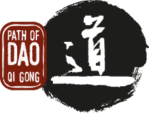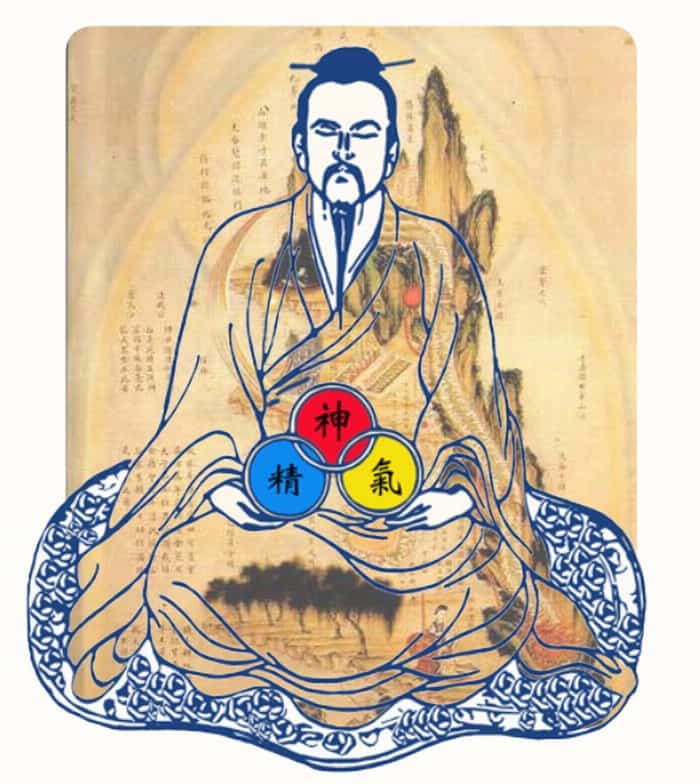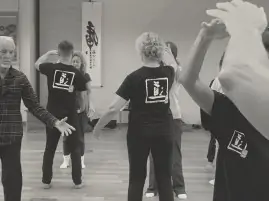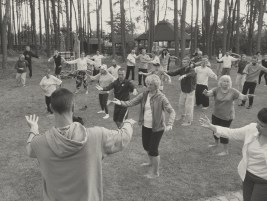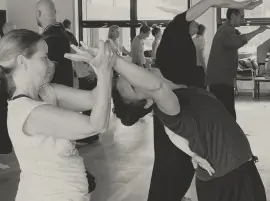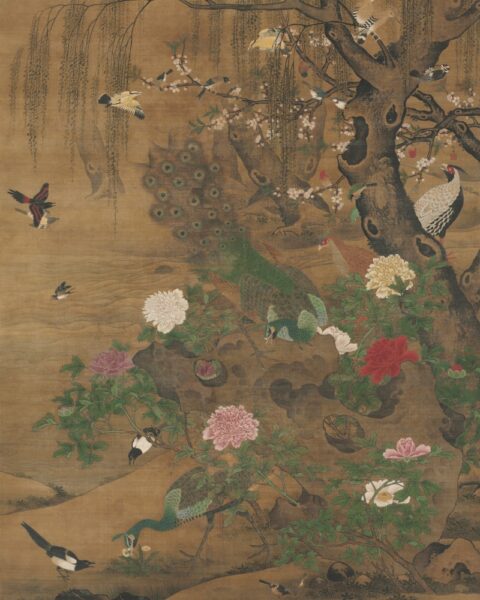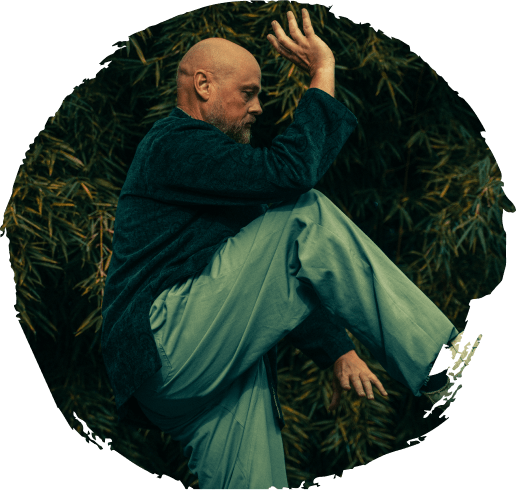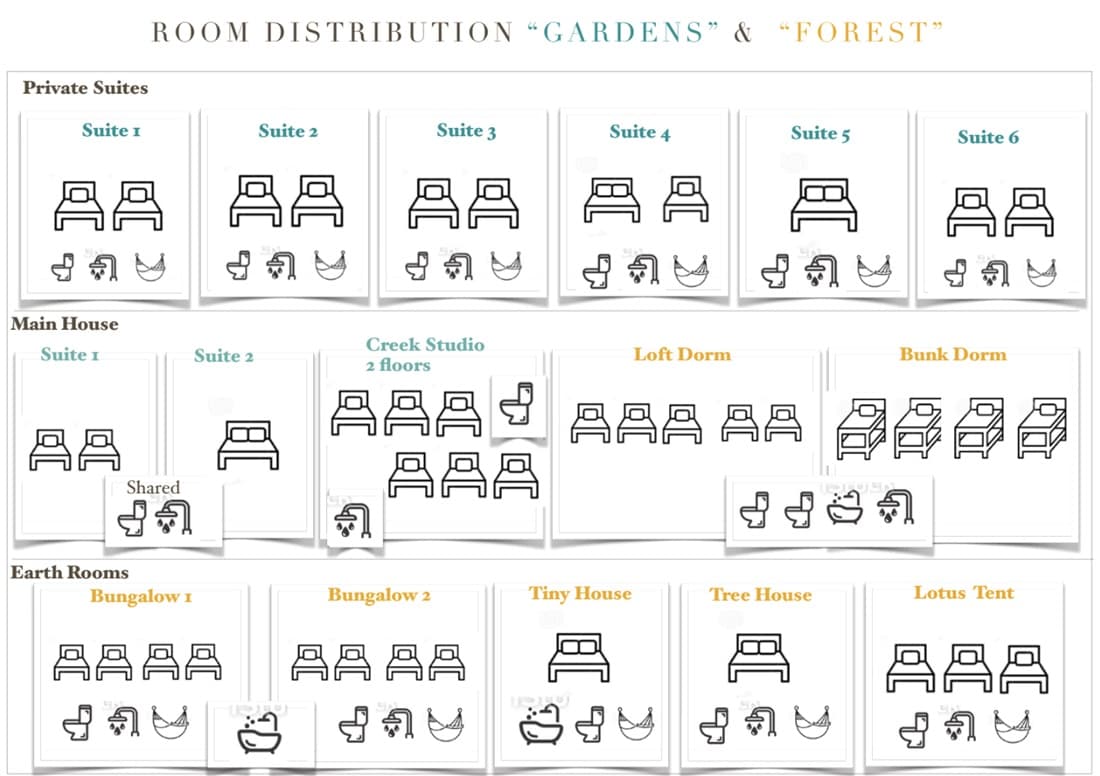The concept of the key energies yin yang and jing, qi and shen (translated as essence, vitality, spirit or heart-mind) has formed the basis of the rich Chinese culture and its many traditions, mythology, medicine, arts, crafts and various aspects of daily life for centuries. All these areas are related to the path of heaven and earth (yin and yang). The ancient Daoists believed that man exists inseparably between heaven and earth and that there is a mutual relationship between these three (heaven, earth, man). To live in the Dao therefore means to live in harmony with the energies of heaven (yang) and earth (yin).
The ancient sages were aware of the energetic side of existence and their lives were focused on the cultivation and conservation of energy. For them, health was based on three basic substances, the energies, known as the Three Treasures - San Bao: Jing (精), Qi (氣) and Shen (神). These terms are translated as essence, life energy and spirit, mind-heart, although it is impossible to convey their full meaning through the equivalents of Western language.
A very old analogy that has been used since time immemorial explains these concepts through the image of a candle. Jing is the wax and wick of the candle, the extremely condensed energy that becomes material. Qi is the flame, compared to the energy activity of the candle, which through burning (life) makes the candle burn. Shen is the light / radiation that emanates from a burning candle.
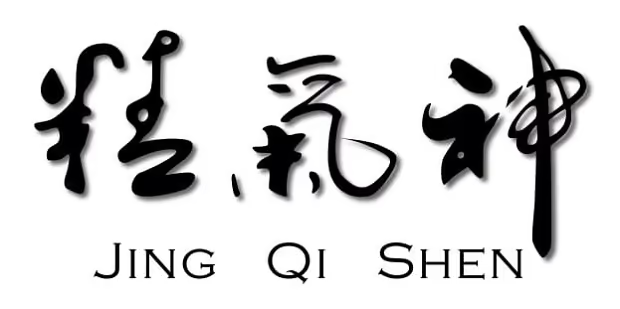
The first treasure, Jing
Jing is commonly translated as the essence of the body and is considered the original energy substance that gradually depletes throughout life until we age and eventually die. In early Chinese medical texts, Jing is compared to the roots of a tree. Jing gives shape and substance to our body and connects us to our ancestors through the genetic code.
It is considered the root of our vitality, the foundation of human life, the substance that forms our blood and all bodily fluids and influences our innate health. Daoists always strive to preserve the Jing in order to reach the heights of longevity. When a practitioner learns to consolidate Jing, they can build a solid foundation for health and powerful inner development. Consolidation of Jing is favored by its calming and solidification. If, on the other hand, a person wastes his Jing by living an uncontrolled life without any notion of restraint and moderation, the proverbial oil in the lamp will burn out quickly and poor health, exhaustion and rapid aging are to be expected.
All this is standard knowledge for those who have been studying Chinese medicine or the internal arts for some time. With each of the three treasures, jing, qi, shen, we can distinguish two parts - one is the tangible, concrete aspect of the respective treasure and the other is the consciousness aspect. So, according to Chinese medicine, one aspect of the jing is the yin jing - the part that creates physical matter, the potential for all physical production in the body: bone marrow, blood, fluids and cellular reproduction. How well we take care of our physical health slows down the burning out of the yin jing aspect. The second aspect is the yang jing - the life force contained in the essence. The spark of potential energy contained in the yin jing. The yin jing aspect can be supported by the food and drink we consume, but the yang aspect of the jing is much more intangible, it comes from within us and is considered irreplaceable.
The second treasure, Qi
Qi translates as energy, and Taoists have always focused on the cultivation and development of this enigmatic substance. Qi is the invisible life force, the vital force behind all transformative processes of life.
All movements and transformations in the universe and in the human body occur through qi. Our life is dependent on Qi. Our health depends on the state of Qi. A deficiency or stagnation of Qi leads to an imbalance in the body and thus to dysfunction and disease in the internal organ systems. A harmonious, even, healthy and strong flow of Qi in our body can be achieved through breath work, mind cultivation and Qigong exercises - both static and dynamic. As we eat food, breathe air and draw from our essence reserves, the body undergoes continuous transformation processes to provide functional energy for the body's daily needs.
Chinese medicine has a well-developed model that describes this process of energy production in the body. The healthier our internal organs are, the better we metabolize Qi from various sources and the better our body functions and the healthier we are.We can say that the yang aspect of qi is the emotions and the yin aspect of qi is the sensations.
The third treasure, Shen
Shen translates as spirit, spirit-heart, spirit-heart. Shen is actually the basis of our existence. The Chinese claimed that it appears soon after conception and leaves the body after death. They believed that each person has their own Shen, which is one with the global Shen. Shen can be compared to a divine order that descends to earth and inhabits the physical body. If, as the Daoists say, the meeting point of heaven and earth is the human being, then the earth energy is the source of Jing and Qi and the heaven energy is the source of of Shen.
Interestingly, the term Shintō (Way of the Gods, Deities - Kami), a traditional, polytheistic, indigenous religion of Japan characterized by a variety of manifestations and cults including animism and shamanism, is derived from a combination of two Chinese characters: shen (神), meaning "spirit", and dao (道), meaning "way" or "path". The most important thing in the Shintō is to maintain balance and harmony between the world of gods, nature and human beings. The term kami (god, deity in Japanese) is often used to refer to the power of phenomena that evoke a sense of wonder and awe in the observer. The nature of kami is present everywhere - among the living and the dead, in organic and inorganic matter, but also in natural disasters such as earthquakes, droughts and plagues, and in natural forces such as wind, rain, fire and sun. Real phenomena are considered divine in the Shintō, and the path of shen, the path of kami, is the path of immersion in harmony with the sacredness of all things. It is said that the seat of our shen is the heart, and the eyes are an expression of the state of our shen. There is a saying, "The eyes are the mirror of the soul". Therefore, the presence of shen can be recognised by the radiance of a person's eyes and face. This radiance, called shen ming (the word ming means radiance), is present in the eyes and on the skin when the body, mind and spirit are in harmony and the person feels well.
Shen is the energy of our mental, creative and spiritual existence. It is responsible for all mental activities, thinking, cognition, all thought processes that have to do with logic, intelligence, memory and ingenuity. Like the Jing and the Qi, the Shen has two aspects. The eternal, primordial aspect - "Spirit of the Dao" - is the original source of all consciousness. It is eternal, indestructible and immortal. However, soon after we come into the world, our social conditioning and the constant desires and distractions that life brings make it inactive, and so it disappears from our consciousness and its place is taken by the temporal, worldly mind. The original spirit loses its rightful influence over the energy of our body.
Modern life, which is characterized by chronic hectic activity and stress, as well as chronic illness, is not conducive to the cultivation of Shen.Shen likes peace and tranquility. It likes a calm heart/mind (Xin). It likes a good quality of blood and Jing, the vital essences that anchor it in the body and prevent it from floating back up into the sky. The ancient Daoists pointed out a way to merge with the Shen - and this can be done by "sitting quietly and doing nothing", following the Dao or the natural order of things without interfering in the course of things (wu wei). To do this, jing, qi and shen should be purified, harmonized and strong. In the process, the human mind, which is likened to a dirty mirror, is gradually cleansed of accumulated emotional, mental and physical distortions and impurities so that the original spirit of the Dao can shine again and reflect the world as it really is.
